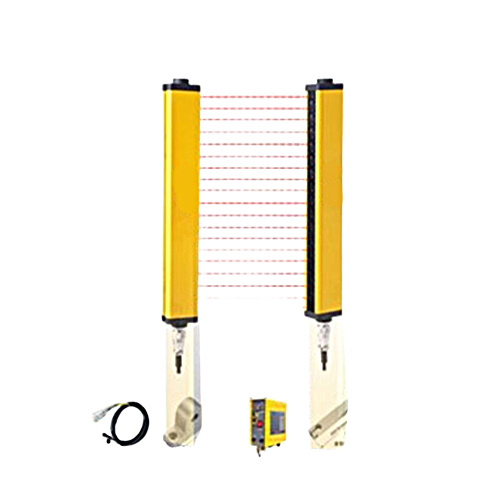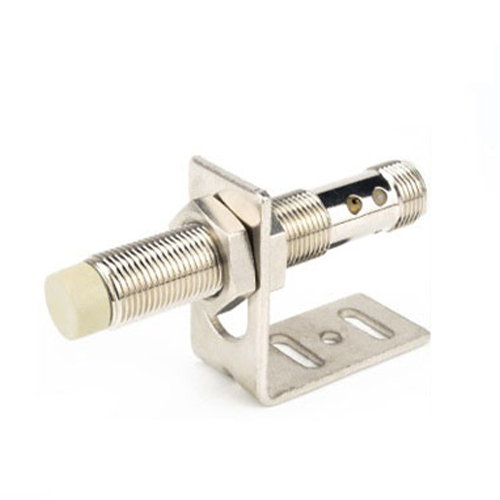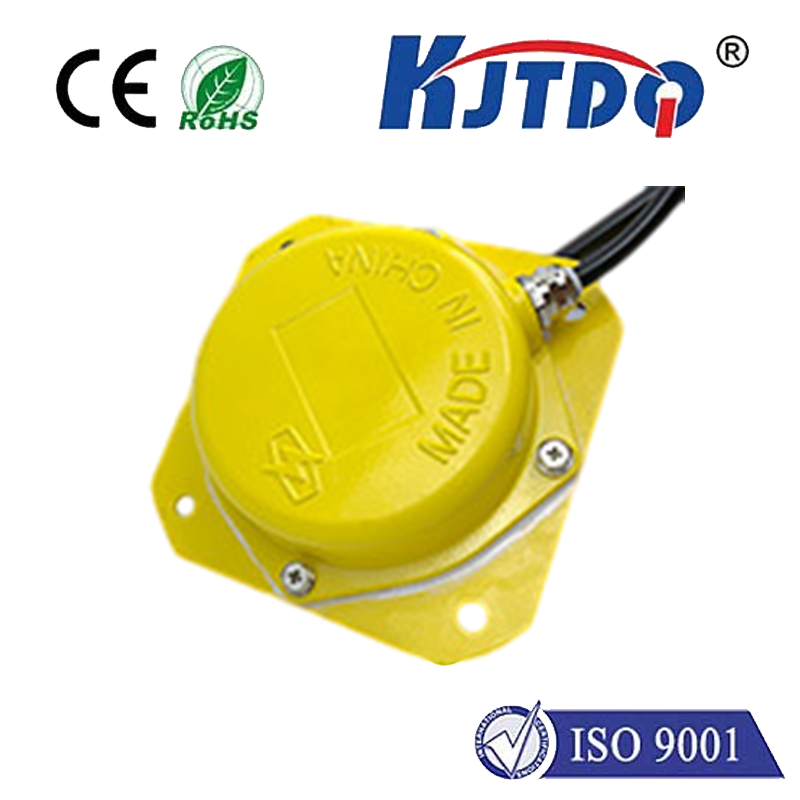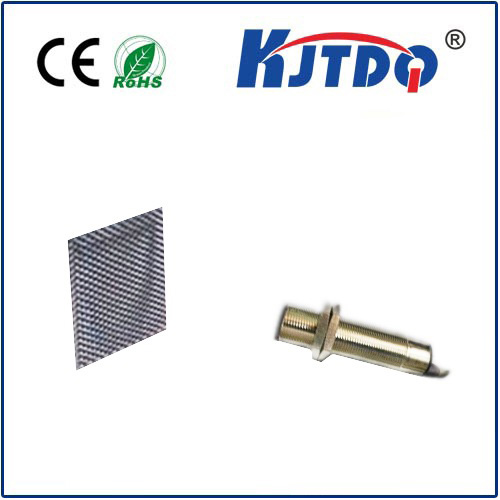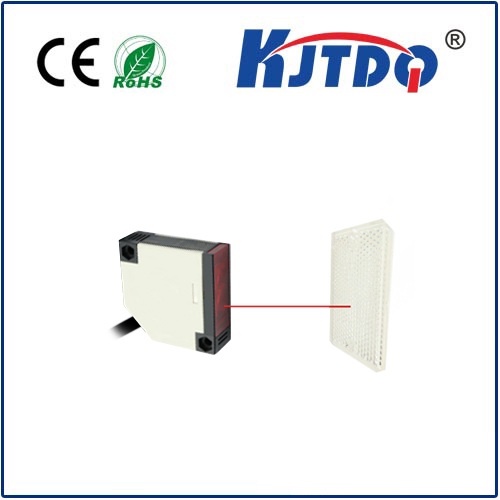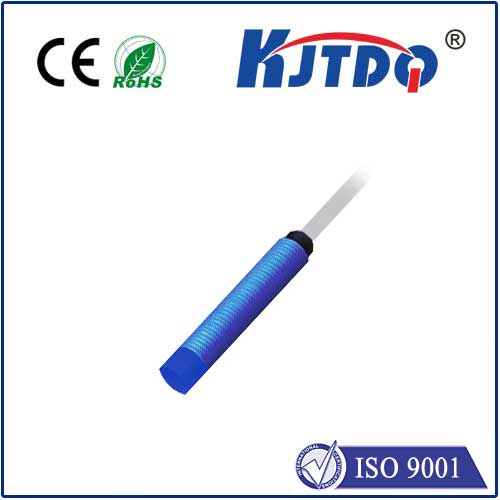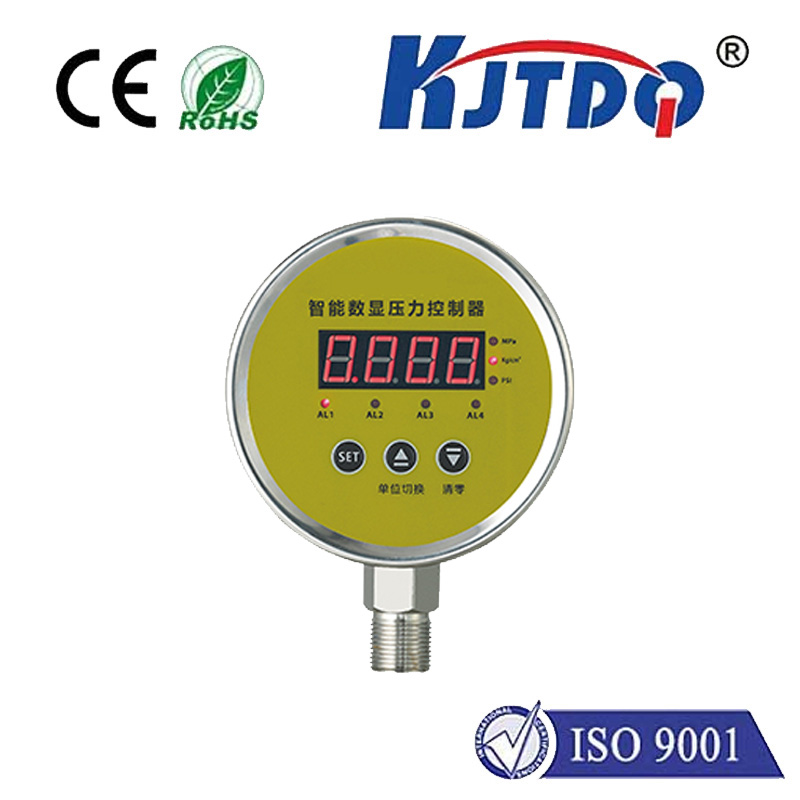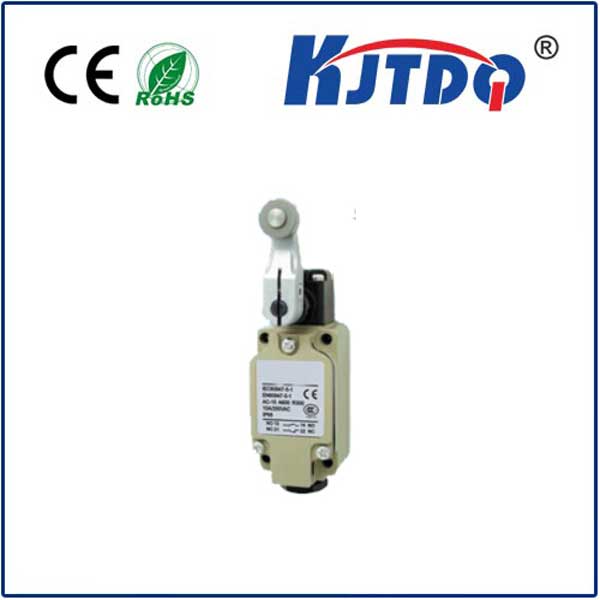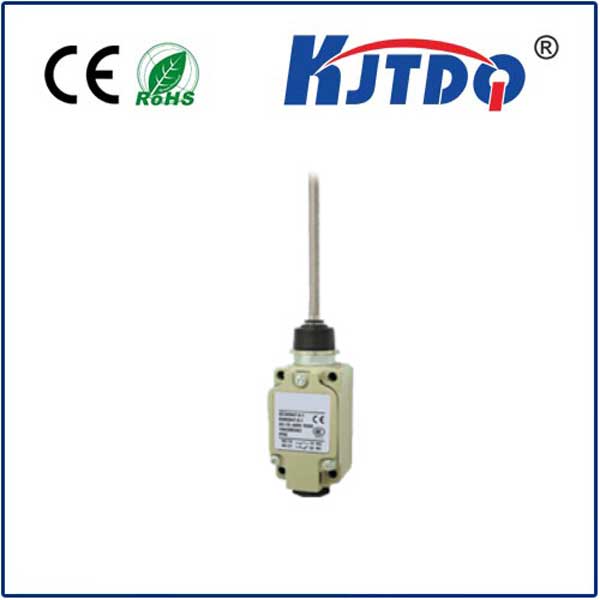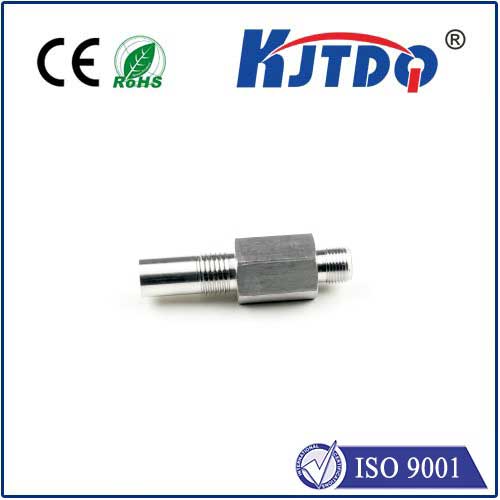photoelectric sensor infrared
- time:2025-09-10 17:33:23
- Click:0
Seeing the Invisible: How Infrared Photoelectric Sensors Power Modern Detection
Imagine a bustling factory assembly line. Bottles speed along a conveyor belt, each needing a cap securely fastened. How does the machine know if a cap is present or missing? Or consider the automatic doors at your favorite supermarket – what magic detects your approach and triggers them to open? The answer, powering countless automated processes unseen, often lies in the elegant simplicity of the infrared photoelectric sensor.
These unassuming devices are workhorses of industrial automation, security systems, packaging, and countless other applications. Their core function is deceptively simple: detect the presence or absence of objects, or measure distance, using infrared light. Unlike visible light sensors, infrared operates outside the human visual spectrum, offering distinct advantages in reliability and versatility. This article dives into the workings, types, and critical applications of these indispensable sensors.
The Core Principle: Light Interrupted
At its heart, every photoelectric sensor infrared functions on a fundamental optical principle. It consists of two core components:

- Emitter: This component generates a beam of infrared light. The use of infrared (typically wavelengths between 700nm to 1000nm, often 880-950nm) is crucial. It’s invisible to the human eye, reducing potential distractions or interference from ambient visible light. It’s also generally less affected by environmental factors like dust or smoke compared to visible light, though heavy contamination can still pose challenges.
- Receiver: Positioned to detect the infrared beam emitted by the emitter. The receiver’s job is to monitor the intensity of the incoming IR light.
Detection occurs based on the interruption or reflection of this infrared beam:
- Object Present: When an object passes between the emitter and receiver (or reflects light back, depending on the sensor type), it interrupts or alters the beam reaching the receiver.
- Object Absent: When the path is clear, the receiver detects the full (or expected) intensity of the infrared beam.
The sensor’s electronics interpret this change in received light intensity and trigger an output signal (usually a simple ON/OFF switch) to indicate the object’s presence or absence.
Three Main Configurations: Matching Method to Need
Infrared photoelectric sensors come primarily in three distinct operating modes, each suited to specific detection challenges:
- Through-Beam (Opposed Mode):
- How it Works: The emitter and receiver are housed in separate units, facing each other directly. The infrared beam travels unimpeded from the emitter to the receiver. An object is detected when it physically breaks this beam path.
- Pros: Longest sensing ranges (easily several meters or more). Highest reliability and immunity to object surface properties (color, reflectivity, texture). Excellent for detecting small objects or in dusty environments.
- Cons: Requires precise alignment of two separate units. Wiring is needed for both components. Installation can be more complex.
- Best For: Detecting opaque objects over long distances; conveyor belt gap detection; high-speed counting; safety curtains.
- Retroreflective (Reflector Mode):
- How it Works: The emitter and receiver are combined into a single housing. A special retroreflector (like a high-efficiency mirror prism) is positioned opposite the sensor. This reflector bounces the emitted infrared beam directly back to the receiver housed in the same unit. Detection occurs when an object interrupts the beam’s path to the reflector and back.
- Pros: Simpler installation (only wiring one unit). Good sensing ranges, longer than diffuse types. More forgiving alignment than through-beam. Generally more immune to reflective background objects than diffuse sensors.
- Cons: Sensing range less than through-beam. Requires a separate reflector. Highly reflective objects passing near the reflector or sensor can sometimes cause false triggers (“corner clipping”).
- Best For: Detecting objects on conveyors; presence/absence detection where a reflector can be mounted; pallet detection; packaging lines.
- Diffuse (Proximity Mode):
- How it Works: The emitter and receiver are housed together in a single unit. The sensor relies on the diffuse reflection of its own emitted infrared beam off the surface of the target object. The receiver detects this reflected light. Detection occurs based on the amount of reflected light exceeding a set threshold.
- Pros: Simplest installation – only one unit needed, no separate reflector. Detects objects without needing remote mounting points.
- Cons: Sensing range is the shortest. Detection is highly dependent on the target object’s size, color, surface texture, and reflectivity (dark, matte, or angled surfaces reflect poorly). Performance can be affected by background objects or ambient light variations (though IR helps mitigate this). Requires careful threshold setting.
- Subtypes: Includes Background Suppression (BGS) sensors that use triangulation to detect objects only within a specific distance range, ignoring the background, and Foreground Suppression (FGS) variants. These offer much greater reliability for specific diffuse applications.
- Best For: Detecting objects close to the sensor; presence detection in tight spaces; detecting labels on bottles; detecting fill levels based on proximity.
Why Infrared Reigns Supreme
The choice of infrared light isn’t arbitrary. It offers significant advantages over visible light photoelectric sensors:
- Invisibility: Eliminates visual distraction for operators and avoids triggering photosensitive processes. Also less likely to be intentionally tampered with.
- Ambient Light Immunity: While not completely immune, infrared sensors are far less affected by standard factory or office lighting than visible light sensors, leading to greater reliability.
- Efficiency: IR LEDs are highly efficient and durable light sources for sensors. Specific wavelengths can be chosen for optimal performance or to avoid interference.
Diverse Applications: Where Infrared Photoelectric Sensors Shine
The applications for infrared photoelectric sensors are vast and touch nearly every industry:
- Industrial Automation: Object presence/absence detection on conveyors, part counting, robotic arm positioning, machine guarding (safety light curtains use IR through-beam), fill level control, bottle/cap detection, label sensing.
- Packaging: Detecting carton flaps, verifying case packing completeness, controlling wrapping film feed, detecting package jams.
- Material Handling: Pallet detection, stack height control, door open/close status, warehouse automation.
- Security Systems: Beam break detection for perimeter security (replaced by modern systems but still used), automatic door openers (retroreflective or diffuse), people counting.
- Consumer Electronics: Paper detection in printers (low paper), disc tray detection in players, touchless fixtures (using diffuse reflection or more complex time-of-flight).
- Agriculture: Sorting produce, monitoring grain levels, controlling planting/seeding equipment.
From ensuring your soda bottle is properly capped to safeguarding workers around heavy machinery, the unseen infrared photoelectric sensor is a foundational technology enabling the automation and precision that define the modern world. Its combination of robust operating principles, versatile configurations, and the inherent benefits of infrared light makes it an indispensable tool across countless industries.






